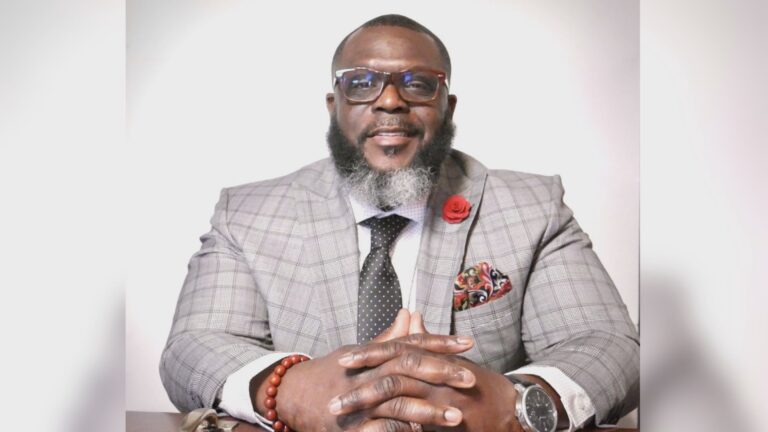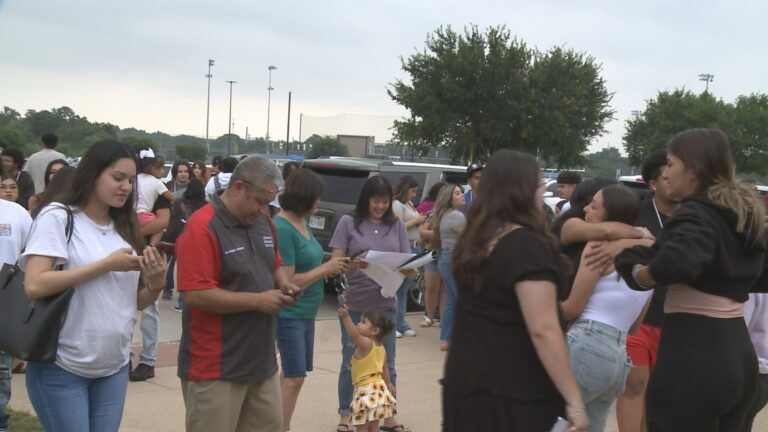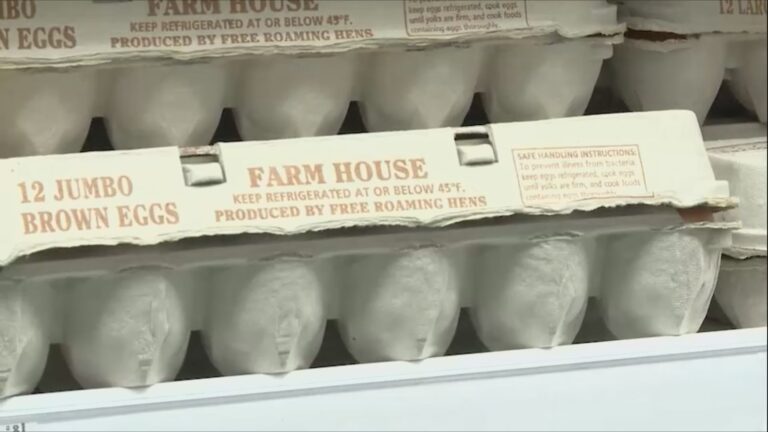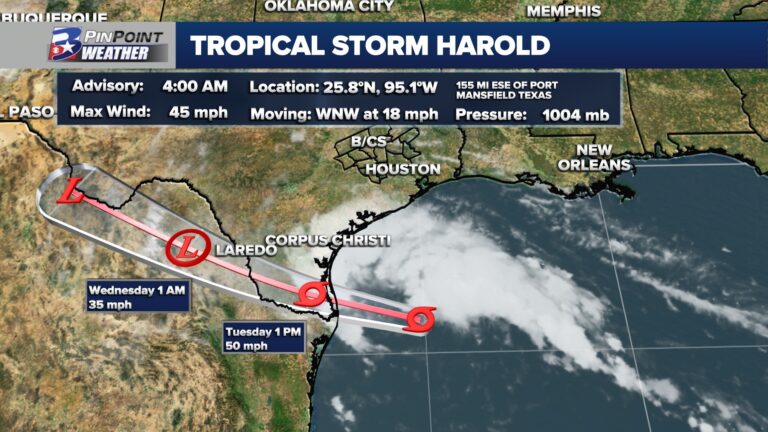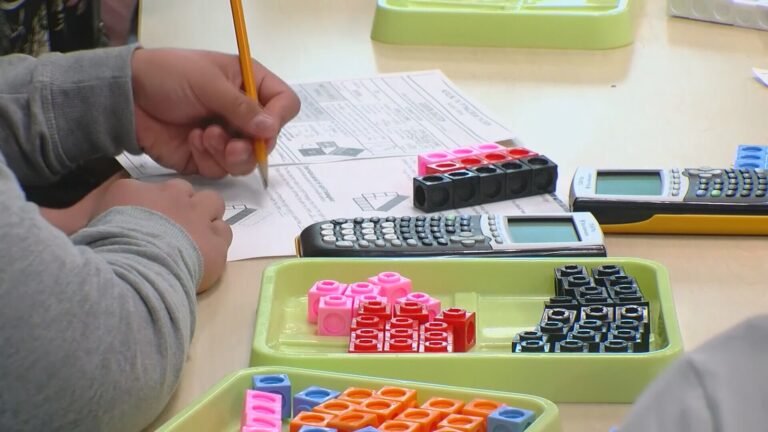Texas A&M experts study bridges, incidents at state-of-the-art research facility
BRYAN, Texas (KBTX) – Bridge infrastructure and safety are a top discussion this week after a deadly bridge collapse in Baltimore. But, one lab in Bryan has those discussions every day.
The Texas A&M Transportation Institute on the RELLIS Campus works to research impacts from the environment and freak accidents on bridges. This structural and materials testing lab is one of the largest and best-equipped facilities of its kind in the country. The group collaborates with TxDOT, the Federal Highway Administration and the U.S. Department of Transportation to ensure bridges state and country-wide are at peak performance.
TTI professor and bridge expert Stefan Hurlebaus says the work at the institute is trying to prevent incidents like the one on Tuesday in Maryland.
“We do a lot of bridge testing and this bridge testing also leads to recommendations to change in bridge design specifications. We want to make sure that our research reduces injuries saves lives and also increases the reliability and safety of bridges and saves resources,” he said.
The institute has worked to not only find preventions for a collapse but also expedite the process of rebuilding major connections. Hurlebaus says this has been done in just a matter of weeks and includes improvements.
“Over 20 years ago the Isabella Causeway Bridge collapsed in Corpus Christi, a barge hit the bridge pier, took out two spans of a bridge and then oncoming vehicles fell into the water and eight people were killed,” Hurlebaus said. “They rebuilt the bridge within two months and they put in an early warning system into a bridge with fiber optic sensors. So, in case this happens again, they can put down a gate and the vehicles do not run over the bridge anymore.”
Hurlebaus said the group has been talking since Tuesday about what went wrong in Baltimore and what could be improved. Six construction workers on the bridge at the time of collapse died in the incident.
“It might be good to have an early warning system that also applies to the construction workers,” he said.
Beyond recent incidents, Hurlebaus said the lab is working to protect bridges from future natural disasters, specifically earthquakes.
“We have a lot of different activators and we can run them with some kind of simulated earthquake signals and when they can put a load on this bridge, like the elements that would be in a real scenario when an earthquake happens,” he said.


